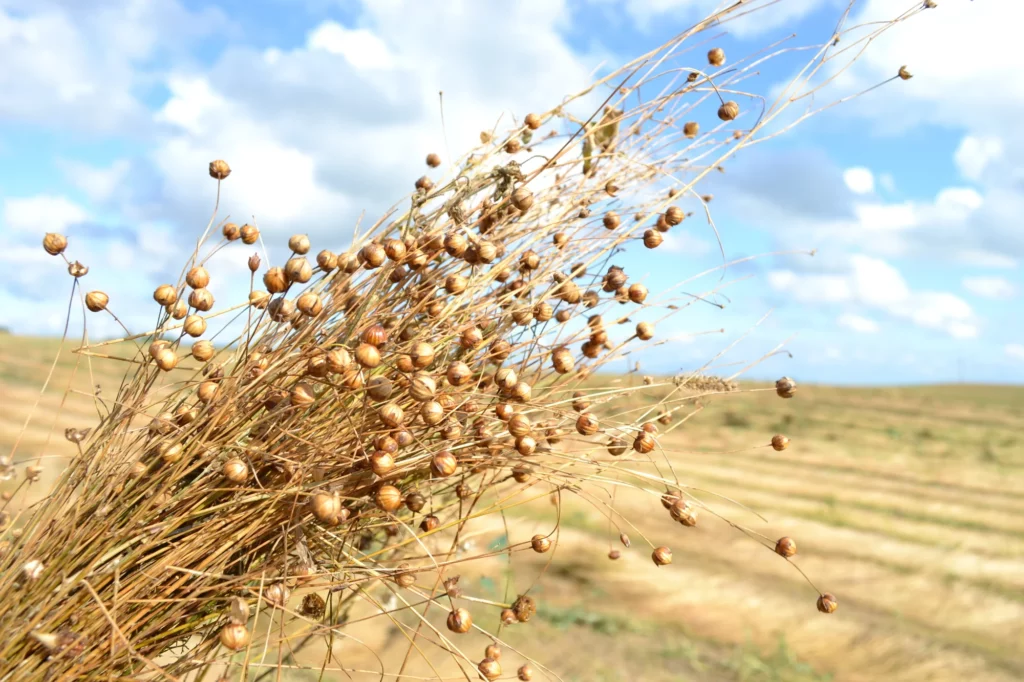
Linen. Even the word teases the tongue. Hanging in even rows, the sun warms the fabric. Hear the snap of cloth when the breeze lifts, arcing the line, then quiet. Reach for the clothes peg, close your eyes and tilt your face to the sun.
Once you fall in love with linen there is no turning back. There is something about it; the weight, the texture, the way it wrinkles with determination.
Linen is luxury. It is quality. It is timeless.
I’m not sure what I love most about it, to be honest. I know it has the ability to transform itself from a casual vibe with its wrinkled surface, to the formality of freshly ironed perfection. It can take you from one extreme to the other.

How do you love your linen?
Is it in the casual elegance of the wrinkled fabric? A tea towel hanging askew, a guest towel draped on the side of a sink…the runner across the length of your table catching crumbs, drops of wine, and candle wax? Or is it the smooth surface of the freshly ironed napkin? The formality of the fold? The promise of a special occasion?
I can romanticize linen all day, but here are some facts and myths about this age-old fabric:
It’s 100% natural and environmentally friendly
True. Linen is made from the flax plant which is the oldest cultivated fiber in history. When compared to cotton, linen requires less water, fewer resources to process, and less chemical and pesticide to grow. Flax harvests are greater per acre and use the entire plant. This is all good news for the planet!

It’s not absorbent
False. A freshly pressed new piece of linen will be less absorbent if you try to use it right away without pre-washing it. After a couple of washes, linen becomes one of the most absorbent fabrics you can buy. Linen becomes stronger when exposed to moisture and is naturally antibacterial, making it a good choice for kitchen and bathroom.
It’s too expensive
False. While a piece of linen will cost more than its cotton counterpart, you must consider its longevity. The average lifespan of linen is 30% longer than cotton and when properly cared for, will last for decades. The time required to grow flax (100 days) and the difficult process of extracting the flax fiber from the stalk (retting, scutching, and hackling), all contribute to the higher cost, but linen wins the durability test every time which ultimately saves you money.
It’s high maintenance
True and False. This comes down to personal preference. I highly recommend that you learn to love the wrinkles. However, if you hang your linens to dry, they will dry wrinkle-free. If you prefer the pressed look, linen will iron beautifully. Linen is machine washable and can even go in the dryer on low-medium heat (too hot will shrink your fabric, so be careful). You can decide how high-maintenance you want your linen to be based on your preferences.

At Atelier 522, we source beautiful high-quality linens for your home. Our penchant for classic design means every linen we offer is perfect for any space you choose.
All you need to do is fall in love.
-
 Natalie Linen Runner$72.00
Natalie Linen Runner$72.00 -
 Linenway Herringbone Placemats$58.00
Linenway Herringbone Placemats$58.00 -
 Joseph Henry Table Runner 2.5′ x 6′$105.00
Joseph Henry Table Runner 2.5′ x 6′$105.00 -
 Round Ruffle Linen Placemat$22.00
Round Ruffle Linen Placemat$22.00 -
 Versailles 2-Tone Linen Napkins Set of 4 in Latte$110.00
Versailles 2-Tone Linen Napkins Set of 4 in Latte$110.00 -
 Maison Tea Towel, Linen$28.00
Maison Tea Towel, Linen$28.00






